Are you looking for companions to grow with your cabbages? No need to look further! This comprehensive companion plant guide will provide all the information and tips you need to create a thriving vegetable garden full of cabbages and their complementary plants. From introducing nitrogen-fixing legumes into your garden to learning the best herbs to repel pests, this guide has it all. So don’t miss out, let’s get started on creating the perfect cabbage patch today!
What Is Companion Planting?
Companion planting is a centuries-old gardening technique that involves carefully selecting the right plants to grow together in order to benefit each other. It’s based on the idea that certain plants have natural properties or characteristics that can enhance growth, reduce pests and diseases, or even just add aesthetic interest to your garden.
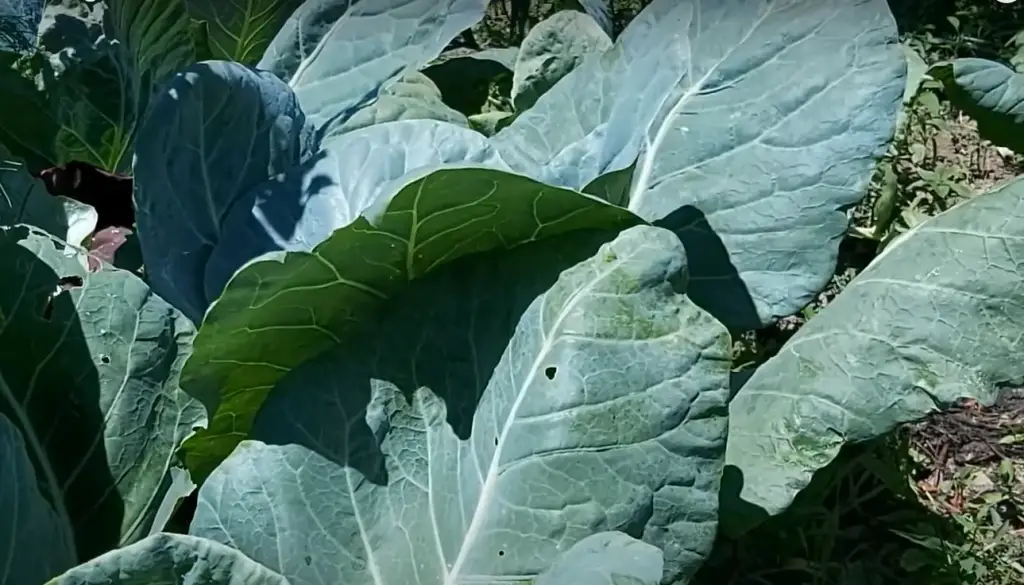
For example, some plants produce compounds that repel certain pests, while others are known for attracting beneficial insects like pollinators. Still, others may provide shade and protection from wind or strong sun. By growing these plants together, you can create an environment where all of them thrive!
Cabbage Cautions!
When it comes to companion planting with cabbage, there are a few cautions to be aware of. Make sure that the plants you choose will not compete for space or nutrients in the soil with your cabbage. Plants that require lots of water, such as fennel or corn, might take away essential moisture from your cabbage plants and should therefore be avoided. You should also avoid planting brassicas (such as broccoli and cauliflower) near each other since they can cross-pollinate and cause undesirable flavor changes in your crop. Finally, make sure to keep weeds away from all your crops — especially those planted near your cabbages — since they may harbor harmful pests. If you’re able to observe these simple precautions, then you should be able to enjoy a healthy and delicious harvest of cabbage.
Best Cabbage Companion Plants
When it comes to companion planting cabbage, there are certain plants that work better than others. Here are the top companion plants for cabbage.
Agastache
Agastache is an attractive companion plant for cabbage. It grows upright, with fragrant leaves and blooms that attract bees, butterflies, and hummingbirds. Agastache can act as a “trap crop” to draw away insects such as aphids and other pests which may harm your cabbage plants. The strong aroma of Agastache helps repel some of the more common pests like flea beetles, leafhoppers, and cabbage worms. Agastache also serves as a natural insect repellent when planted near your cabbage plants. Additionally, its deep root system helps keep the soil moist and can even improve drainage in soggy areas! All in all, Agastache makes an excellent companion plant for cabbages.
Alliums
Alliums are a family of plants that includes onions, garlic, and chives. These plants are great companions for cabbage because they repel many of the pests and diseases that can harm your crop.
Planting them around or near your cabbages will keep them safe from harm and give them the nutrition they need. You should be sure to use strong-smelling varieties such as garlic or chives so their odor will repel potential pests.Borage
Borage (aka starflower) is an excellent companion plant for cabbage and many other members of the Brassicaceae family. Not only is it attractive with its bright blue flowers, but it can also help keep away pests such as aphids that might otherwise damage your cabbage crop. Borage also attracts beneficial insects like bees and hoverflies, which can help pollinate your plants and keep them healthy.
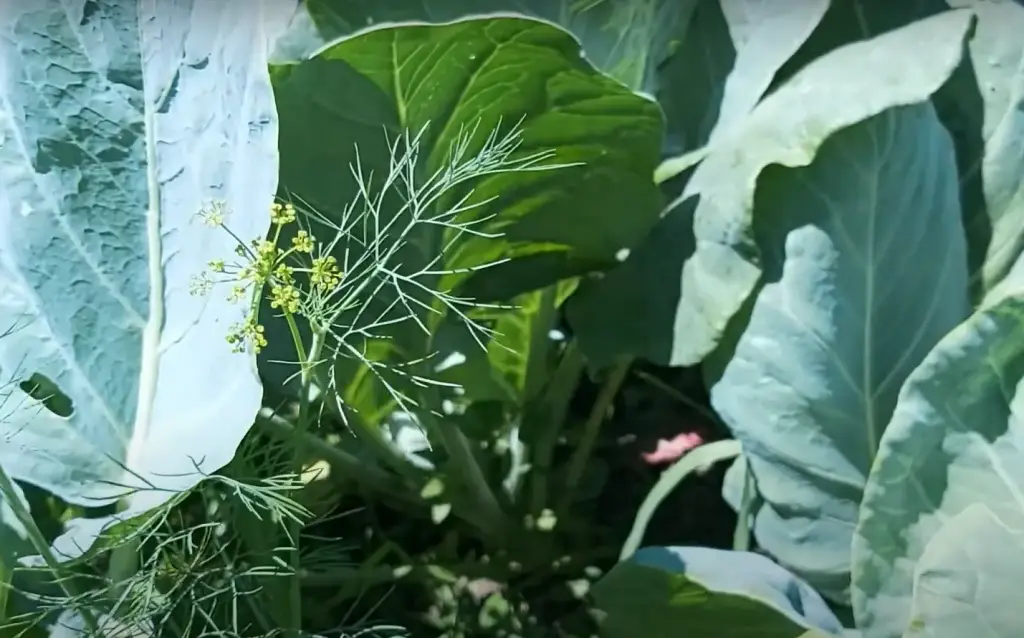
If you’re growing cabbage in a raised bed, borage is a great choice to fill out any unused space. Just be sure to give it plenty of room – this annual plant grows quickly and can reach heights of 24 inches or more! Plant seeds in late spring for a summer harvest, or sow again in mid-summer for a fall harvest.
Beans + Peas
Beans and peas are great companions to pair with cabbage. Not only do they add nitrogen to the soil, but they also help control weeds. Peas tend to be more drought-tolerant than beans, so if your garden is on the dry side or needs extra fertilizer, you may want to opt for peas instead. Planting them close together but not too close will maximize their benefits for each other. You may even find that some varieties of peas can act as a trellis for pole beans!
It’s important to note that while legumes are great companions for cabbage, root vegetables should be avoided as those crops compete for the same nutrients in the soil. Additionally, avoid planting tomatoes and peppers next to cabbage as they can attract the same pests.
Onions
Onions attract helpful insects to the garden that can help keep away pests like aphids, which can damage the cabbage crop. Onions also discourage rabbits and deer from nibbling on the cabbage. Plant onions near cabbages in raised beds or directly in the ground.
Make sure you choose a variety of onions appropriate for your climate and ensure it gets enough sun and water. With a little extra care, onions can be an excellent partner for cabbages!Scallions
Scallions are an ideal companion plant for cabbage. Plant scallions near your cabbage to help ward off pests like aphids, and ants too! Scallions have a strong aroma that helps repel these pesky insects. They also add flavor to any dish you cook with your cabbage. Just make sure they don’t take over – once the scallions start flowering, pull them out to give the cabbage some space. And if you’re looking for a tasty treat, try pickling your scallions! You won’t regret it.
Spinach
Spinach is an excellent companion plant for cabbages, as the two vegetables have similar soil and light requirements. Placing spinach near cabbage can help improve air circulation, deter pests, and provide additional nutrients to both plants. Spinach also provides nitrogen which helps the cabbage grow faster. It’s best to plant them at least a foot apart so they do not compete with one another for resources. For a more robust crop, try planting grafted varieties of both types of vegetables in the same area.
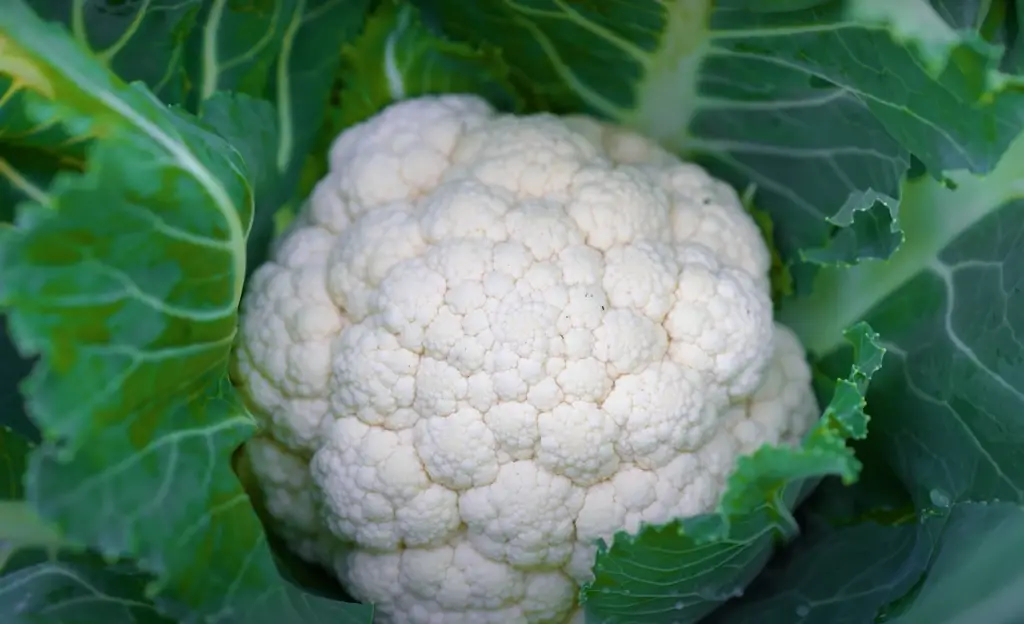
This will ensure that you get a bigger harvest! Additionally, it’s important to remember that since spinach grows quickly, it should be harvested first before the cabbage gets too tall and starts shading out other crops in your garden. Enjoy your delicious, healthy, and nutrient-rich spinach and cabbage!
Beets
Beets are a great companion plant for cabbage. Not only do they bring in beneficial nutrients to the soil, but they also provide some shade for the leaves of the cabbage plants. As with all companion planting, however, be sure to keep them separated so that their root systems don’t interfere with each other’s growth. Beets can also attract beneficial insects such as ladybugs and predatory wasps that help protect your garden from pests. If you have extra space in between your rows of cabbages, try adding some beets this season! They’ll add color and nutrition to your harvest.
Clover
Planting clover alongside cabbage is beneficial. It’s easy to care for, and can help improve soil fertility with its nitrogen-fixing abilities. Its low-growing nature also helps suppress weed growth. When planting clover alongside your cabbage plants, make sure the clover is well-established before you sow the seeds of your cabbages nearby. While clover can be beneficial to some types of vegetables like cabbage, it’s important to note that not all varieties are suitable companions – so research thoroughly before planting them together! Consider using a variety of both annual and perennial clovers in your garden beds; this will ensure that your cabbage gets the maximum benefits from this versatile legume. If you’re looking for an additional way to provide extra nitrogen to your cabbage, consider adding some liquid fertilizer with a high nitrogen content – this will give them the nutrients they need to grow and thrive. With clover as your companion, you can rest assured that your cabbage plants will get all the care they need!
Dill
Dill is another great companion plant for cabbage. It is a member of the carrot family and has feathery foliage that can grow up to 4 feet tall. Dill attracts beneficial insects such as ladybugs, lacewings, and hoverflies that prey on cabbage pests such as aphids and whiteflies. When planting dill near your cabbage patch it’s important to keep in mind that the roots may compete for nutrients with the cabbage plants, so make sure to give them enough space! Additionally, dill’s strong aroma will attract butterflies and bees which can help with pollination of nearby veggies like peppers or tomatoes. If you plan on harvesting dill for cooking, it’s best to plant it away from the main crop so you don’t have to worry about accidentally pulling up cabbage roots.
Leafy Greens
Leafy greens are an excellent companion for cabbage. Not only do they provide some good nutrition, but the greens also help keep pests away from your cabbage plants. They also tend to grow in cooler temperatures, so if you’re planting in a particularly warm climate, leafy greens can be a great way to help your cabbage thrive.
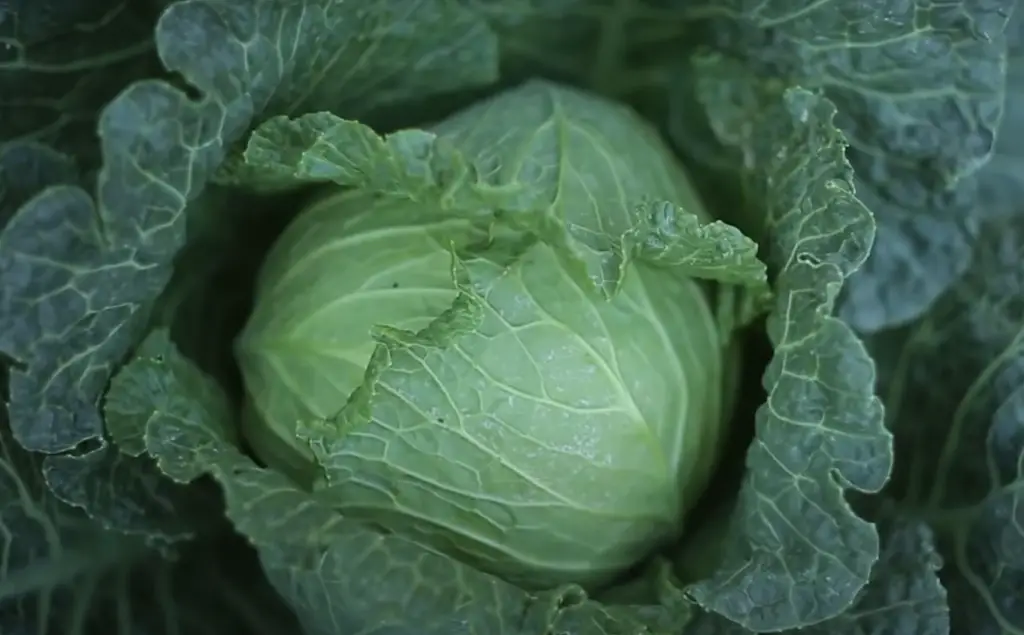
Some of the best leafy green companions for cabbages include kale, spinach, collards, and turnip greens. You can even get creative by mixing and matching different types of leaves for an interesting garden display! Just remember that when it comes to spacing between plants, leafy greens need more room than your cabbages — so make sure you give them enough space to spread out!
Marigolds
Marigolds are a great companion plant for cabbage. Not only do they look beautiful, with their bright orange petals and yellow centers, but they also deter many pests from your cabbage patch. Their strong scent is off-putting to some of the most common garden pests like aphids, beetles, and slugs. They can also help bring beneficial insects into your garden which will eat any pests that remain. Plant marigolds around your cabbages to provide them with pest protection and to add some extra color! However, be aware that marigolds can quickly spread throughout the garden if left unchecked – you may want to consider container gardening or regular maintenance in order to keep them in check.
Mint
Planting mint near your cabbage can help repel insects such as aphids, caterpillars, and flea beetles. The smell of mint may also confuse these pests and make them less likely to attack your cabbage. Mint also has a strong fragrance which can help mask the scent of the cabbage so that animals like deer will be less attracted to it. Furthermore, planting mint near your cabbage can increase its flavor and add a unique twist to any dish you make with it. Lastly, mint can also improve soil quality by releasing nitrogen into the soil which helps keep your cabbage healthy and disease-free. To get the most out of using mint as a companion plant, make sure to water it regularly and fertilize it every few weeks.
Nasturtiums
Nasturtiums repel pests such as aphids, squash bugs, and potato beetles. The peppery-tasting foliage makes them unappealing to these pests. Nasturtiums also attract beneficial insects such as ladybugs, which can help control other pest infestations in your garden. Planting nasturtiums around the perimeter of your cabbage patch will provide a natural barrier against unwanted intruders. Just be sure to keep them trimmed back so they don’t overtake the entire area!
In addition to being a helpful pest repellent, nasturtiums can also offer a few nutritional benefits when used as companion plants for cabbage. Nasturtiums contain high amounts of vitamins A and C, as well as manganese, copper and potassium. These all help to support the growth and development of your cabbage plants.
Nasturtiums are easy to grow but they do not like competing for nutrients with other plants. Be sure to space nasturtiums among your cabbage plants so that each one can get enough nutrition from the soil without having to compete with its companion plant for resources.
Finally, nasturtiums offer a nice pop of color in any garden! They come in shades ranging from bright yellows and oranges to deep purples and reds. Planting these flowers around the border of your cabbage patch will add a beautiful splash of color to the landscape.
Parsely
Another great companion for cabbage is Parsley. It has a strong aroma that helps to discourage insect pests from feeding on the cabbage plants. Parsley also looks attractive planted with other plants, and its lacy foliage provides a nice contrast to the larger leaves of the cabbage. Plant parsley near your cabbage plants so it can act as a natural deterrent against insects. Additionally, Parsley is known to improve soil fertility and can even help enrich the flavor of your cabbages!
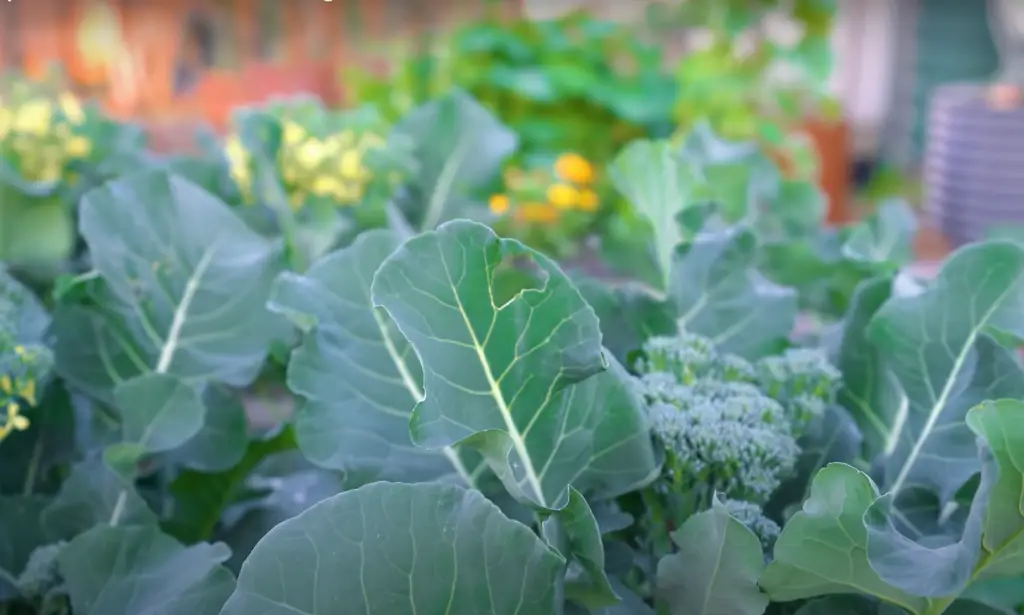
Make sure you harvest parsley often so it does not shade out neighboring crops like your cabbages. For best results, sow parsley in rich soil about 6-8 inches apart in rows spaced 12-18 inches apart. Finally, be sure to water regularly so that the parsley doesn’t dry out. With these simple steps, your companion Parsley will help keep pests away and improve the flavor of your cabbages!
Potatoes
Potatoes are one of the most popular companion plants for cabbage. Not only do they look great together in a vegetable garden, but they also provide various benefits to the cabbage plant. By planting potatoes near your cabbages, you can make them more resilient against pests and disease-causing organisms. Additionally, potatoes help to pull nitrogen from the soil, which can be beneficial for your cabbages. Be sure to space plants apart according to their growth habit and water regularly when growing both vegetables together. Finally, keep an eye out for potato beetles as these insects can cause serious damage to both plants if left unchecked.
Sage
Sage is a good companion for cabbage. It thrives in full sun, and the aromatic foliage of this herb repels cabbage moths and other pests that can cause damage to your crop. Planting sage near cabbage helps to protect it from disease and insect pests. However, be careful not to plant too much of it; its strong smell could easily overpower the delicate flavor of the cabbage if there’s too much of it nearby! Sage also makes a great addition to any kitchen garden, as its leaves have culinary uses and medicinal properties. Be sure to harvest sage throughout the growing season for maximum benefit. With a bit of care and attention, you can reap all the rewards that come with having sage as a companion plant for your cabbage!
Turnip
Turnip is another companion plant for cabbage. It’s a biennial root vegetable, meaning it takes two years to finish its growth cycle and produce seed. Turnips should be planted in the spring or early summer when soil temperatures reach at least 10°C (50°F). Plant them away from cabbage families as they can cross-pollinate and lead to hybrid offspring with lower yields. Like cabbage, turnips require full sun and moist but well-draining soil that is rich in organic matter. When planting, space plants are approximately 4 inches apart in rows about 12 inches apart. Once established, turnips can typically be ready for harvest in four to five weeks. To keep your turnips healthy and free of disease, practice crop rotation and remove any old or rotting leaves. Enjoy your turnips in salads, roasted or mashed, or pickled for a delicious snack!
Mâche
Mâche, also known as corn salad, is a perfect companion plant for cabbage. It grows quickly and early in the season, helping to crowd out weeds and competing pests. Its shallow roots are great for holding moisture around your cabbage plants, and its foliage helps provide some shade on hot days. Mâche comes in many varieties that grow well in both sun and partial shade, so you can find one that works with your garden layout. Not only does mâche make an excellent companion plant for cabbages, but it’s also delicious! You can harvest its sweet leaves to use in salads or stir-fries. With its compact size and quick growth rate, mâche is an ideal choice if you’re looking for a companion plant to help your cabbage thrive.
Worst Cabbage Companion Plants
It is not only important to know which plants are beneficial for cabbage, but it is also equally important to know which plants can actually be damaging. Avoid planting any of the following close to your cabbage.
Brassicas
Brassicas are a family of plants that include cabbage, cauliflower, broccoli, and kale. This means plants from the same family can actually compete with each other for vital nutrients and water. Planting these too close to your cabbage may cause them to stunt each other’s growth or even fail to produce at all.
Pumpkins
Pumpkins and squashes are both in the Cucurbitaceae family. They can be detrimental to cabbage as they require lots of nutrients and water, so planting them close to a cabbage could cause it to struggle for resources. If you must plant them together, make sure that you position them far enough apart to give your cabbage adequate space to thrive.
Strawberries
Strawberries are another plant that should be avoided when planting cabbage. Strawberries can attract slugs and other pests, which could then potentially transfer over to your cabbage and damage it.
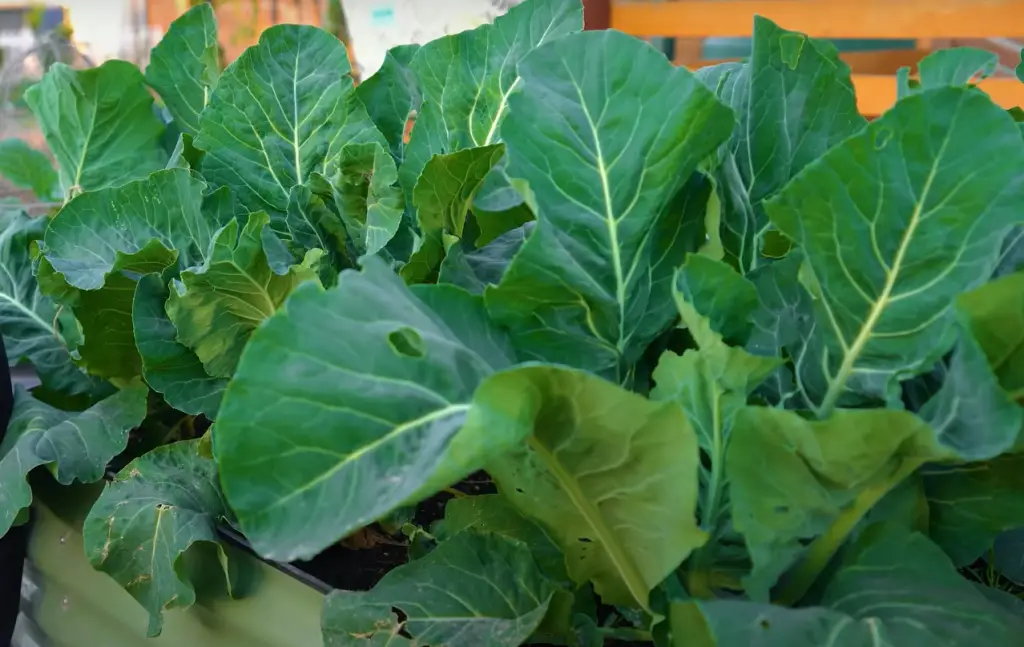
You also do not want to have them competing for resources such as sunlight, water, air and nutrients, so try to avoid planting them too close together.
Tomatoes + Peppers
Tomatoes and peppers can act as a host for the Verticillium wilt fungus, which can be passed onto cabbages if they are planted too close together. This disease is difficult to treat and can cause huge damage to your cabbage crop. To avoid this, make sure you give your tomatoes and peppers plenty of space away from your cabbage or other brassicas.
These plants should definitely be avoided when it comes to companion planting with cabbage. Even though some of them may have benefits in other companion combinations, they can actually be damaging when paired with cabbage. Make sure you keep these worst companion plants at bay! Keep reading on for more information about beneficial Companion Plants for Cabbage. [1]
FAQ
What should you not plant next to cabbage?
It is best to avoid planting tomatoes, peppers and brassicas, as they can all suffer from the same pests and diseases. Additionally, some herbs such as dill, fennel, and anise may stunt the growth of your cabbage plants. [2]
What grows well with cabbages?
Parsley, potatoes, sage, and turnip are all great companion plants for cabbages. These plants help keep pests away from the cabbage, providing a natural pest deterrent and keeping your crop healthy. [3]
Carrots, onions, chives, garlic, radishes and nasturtiums are also good companions for cabbage. All of these vegetables contain sulfur compounds that help repel aphids and other pests. Planting them around the perimeter of your cabbage patch will give it greater protection against invaders.
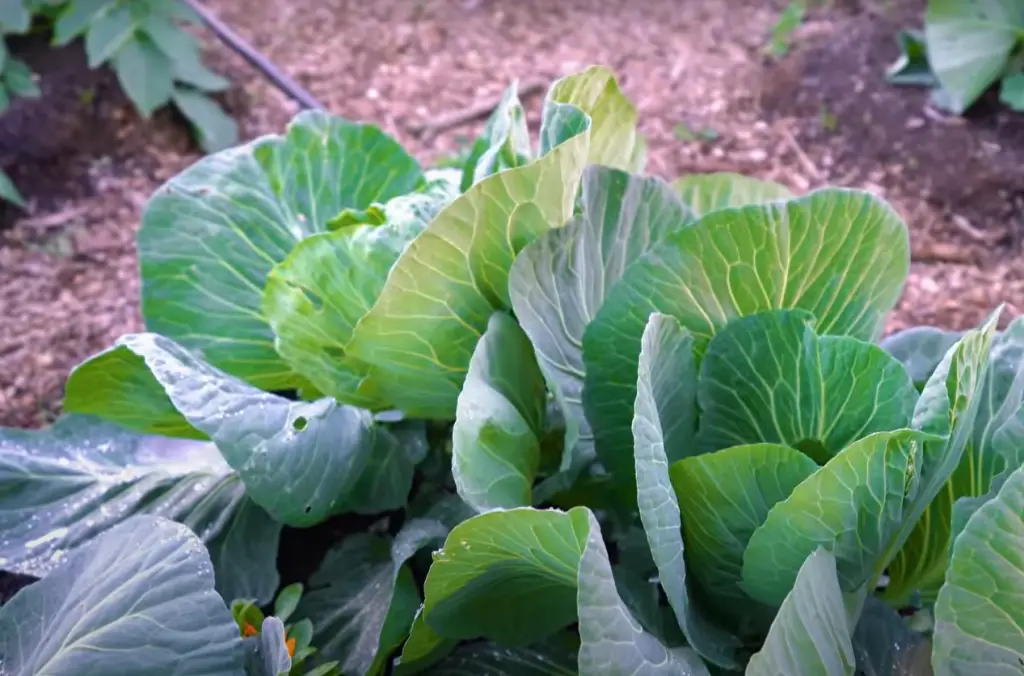
Some other beneficial companion plants include oregano, tansy, dill, rosemary and thyme. These herbs can be interspersed between cabbages to act as repellants or even sprayed over them as an organic insecticide if needed. They will also help to attract beneficial insects, such as ladybugs, lacewings and hoverflies that eat aphids and other pests.
Finally, marigolds are a great companion plant for cabbage. Not only do they help repel pests, they also add a splash of color to your vegetable garden! Marigolds can be planted throughout the perimeter of the cabbage patch or interspersed between cabbages for an extra layer of protection.
For best results, it’s important to rotate your crops every season to prevent pest buildup in the soil. Planting a variety of vegetables and herbs around your cabbage patch will ensure that you have strong harvests year after year. With these companion plants, you’ll be on your way to a healthy and bountiful cabbage patch!
How close to plant cabbage together?
When planting cabbage together, it’s important to remember that there should be enough space between plants to allow air to circulate. The general rule of thumb is that the closer the plants are planted, the more competition they will have for nutrients and water. For this reason, you should give each plant at least 12 inches of space in all directions when planting next to other cabbage varieties. This may mean spacing out your plants a bit more than other vegetables or herbs with which you are familiar. Additionally, larger mature cabbages need even more room — up to 24 inches apart — to prevent overcrowding and ensure good nutrition for each one. [4]
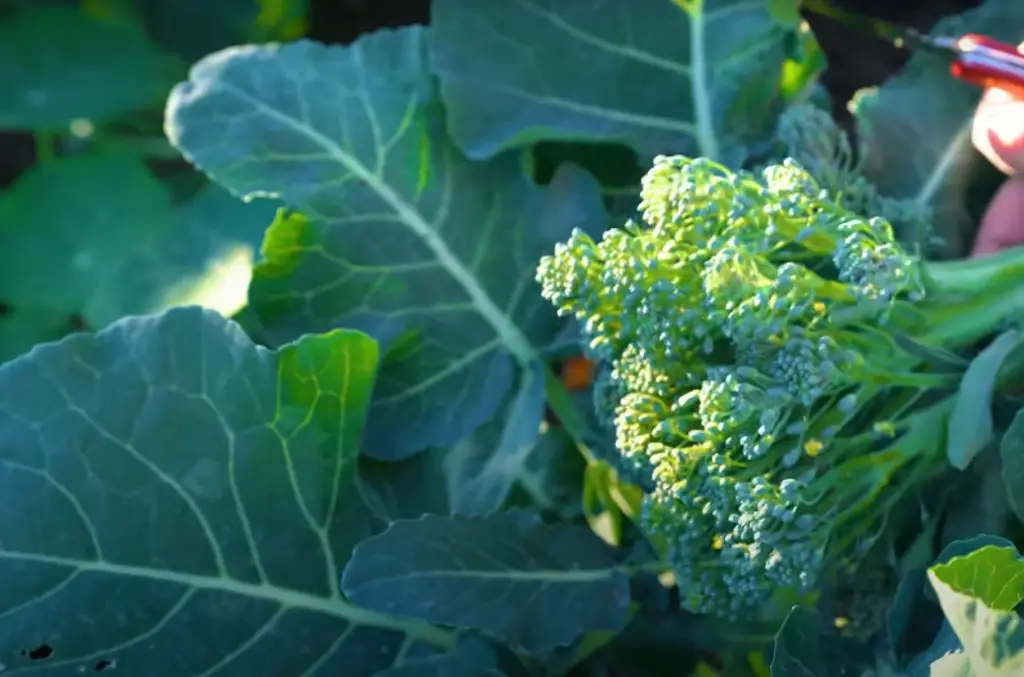
If you’re looking for companion plants for cabbage that can be planted close together without competing for resources, it’s best to focus on those that don’t require a lot of the same nutrients as cabbage. Planting companion plants in close proximity can be beneficial because they help attract pollinators, improve soil fertility, and ward off pests. Herbs such as thyme, sage, and chives are good contenders because they have different nutritional needs than cabbages. Some flowering plants like calendula and nasturtium also make great companions; not only do these flowers offer a pleasant burst of color but they attract beneficial insects that help keep away cabbage pests. Just make sure to space these flowers out enough so as not to overcrowd the area with competing foliage.
Can broccoli and cabbage be planted together?
It is not recommended to grow broccoli and cabbage together. This is mainly due to the fact that both plants belong to the same family and are susceptible to many of the same pests, diseases, and nutrient deficiencies. If you do choose to grow them side by side, make sure they have enough room between them for air circulation. This will help avoid any issues from transferring pests or diseases from one plant to another. Additionally, consider planting broccoli at least a few weeks after cabbage so it does not compete with its relative for nutrients in the soil. [5]
Useful Video: Cabbage Companion Plants
Conclusion
It’s clear that companion planting is a great way to get the most out of your cabbage crop. By choosing plants that have benefits for each other, your garden can become a thriving oasis! Try some of these combinations and see what works best for you and your area. As with any gardening method, it’s always important to do your research and choose an appropriate location before you plant. With careful planning and some patience, you should be able to enjoy a bumper crop of cabbages this season! Good luck!
References:
- https://www.allaboutgardening.com/cabbage-companion-plants/
- https://insteading.com/blog/companion-planting-cabbage/
- https://borealbloomhomestead.com/cabbage-companion-plants/
- https://www.rhs.org.uk/vegetables/cabbages/grow-your-own
- https://natureofhome.com/broccoli-companion-plants-best-and-avoid/





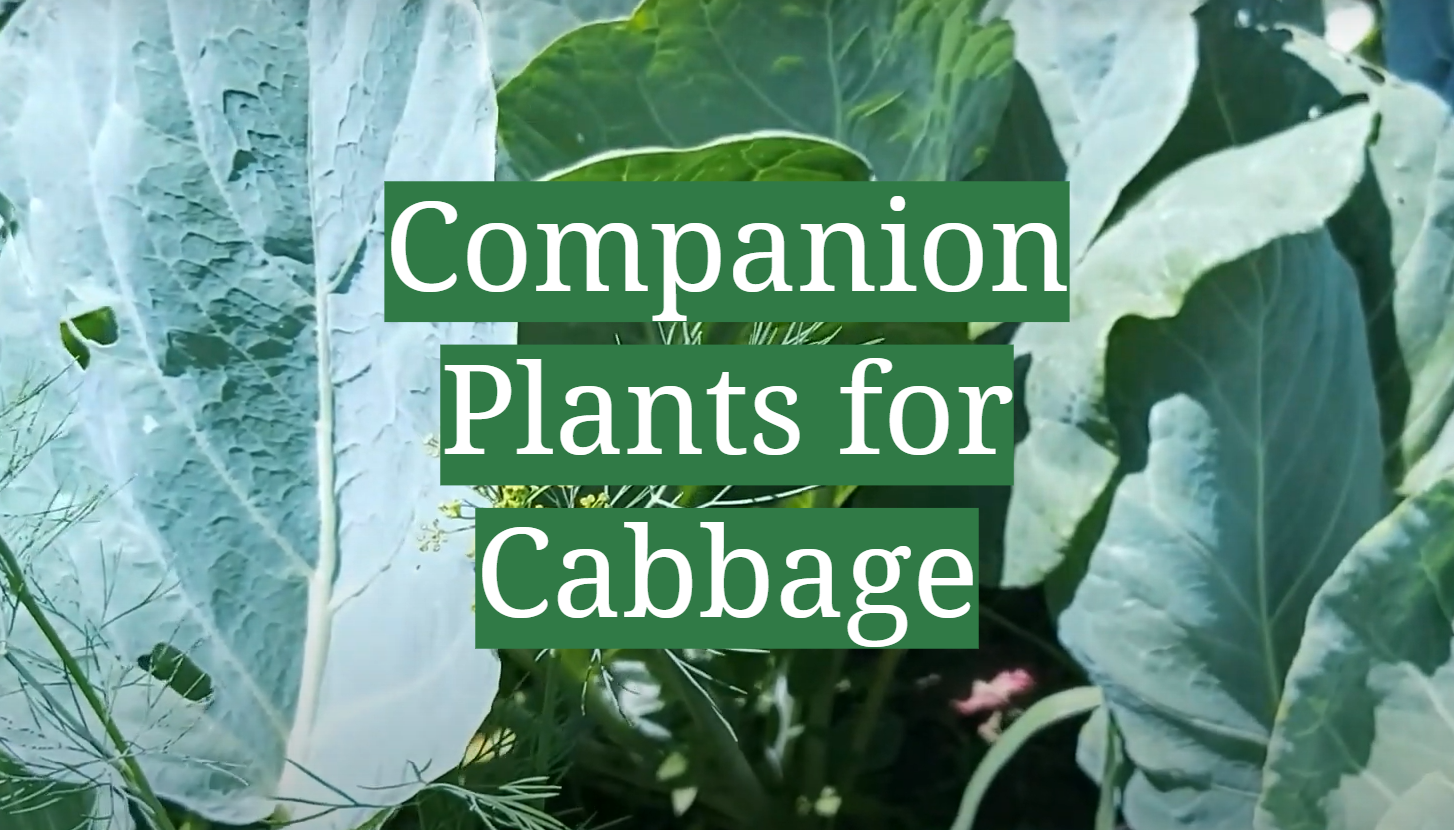




Leave a Reply
View Comments